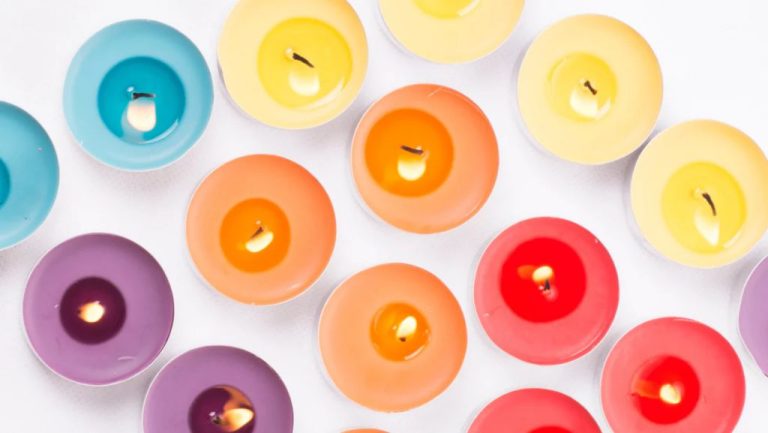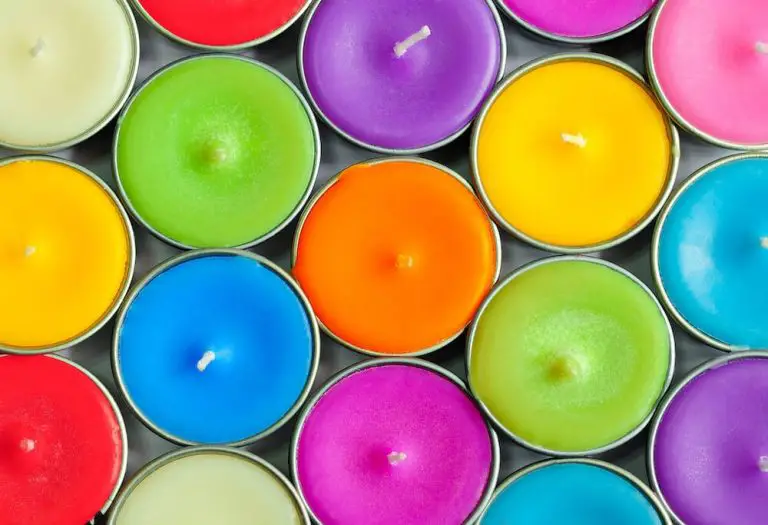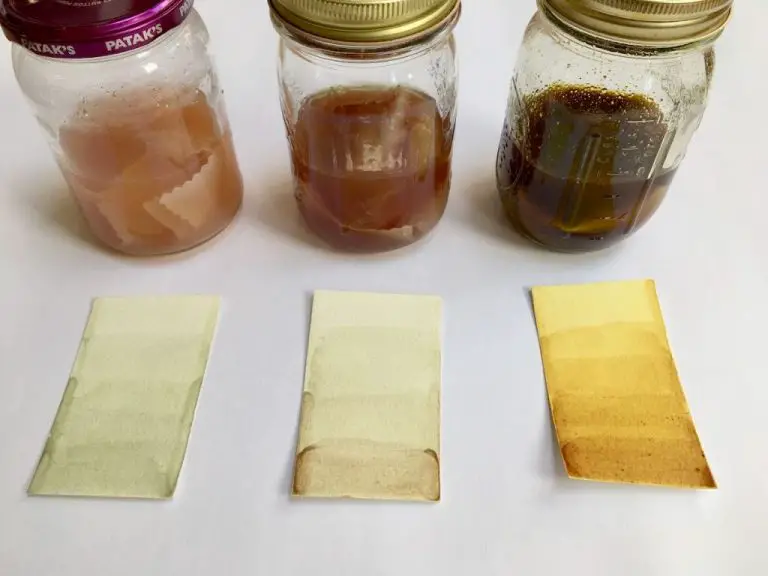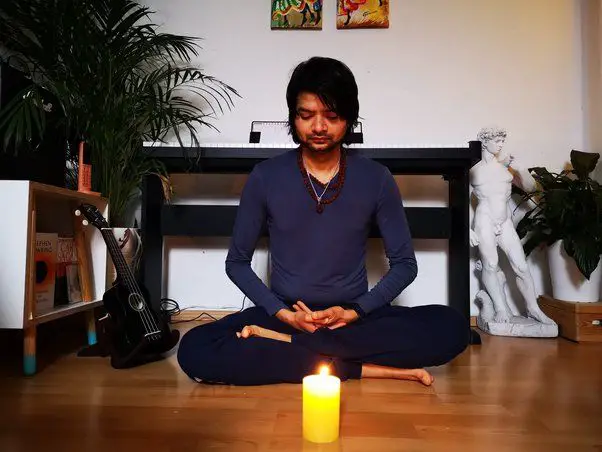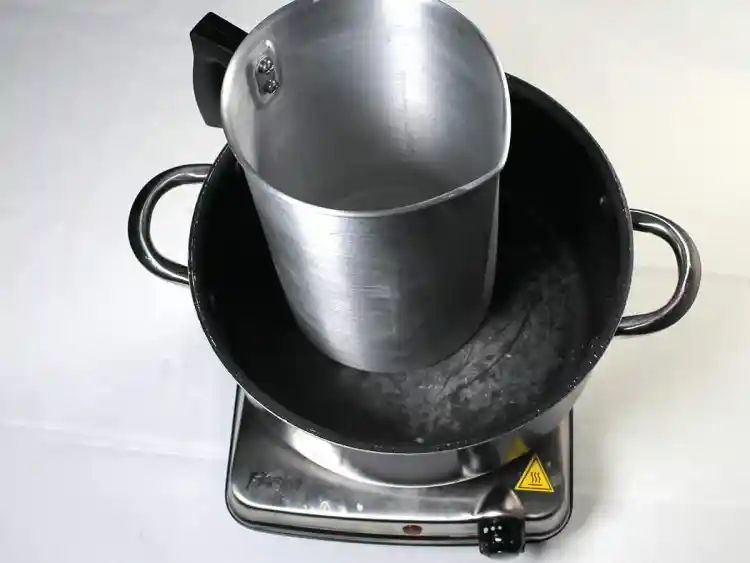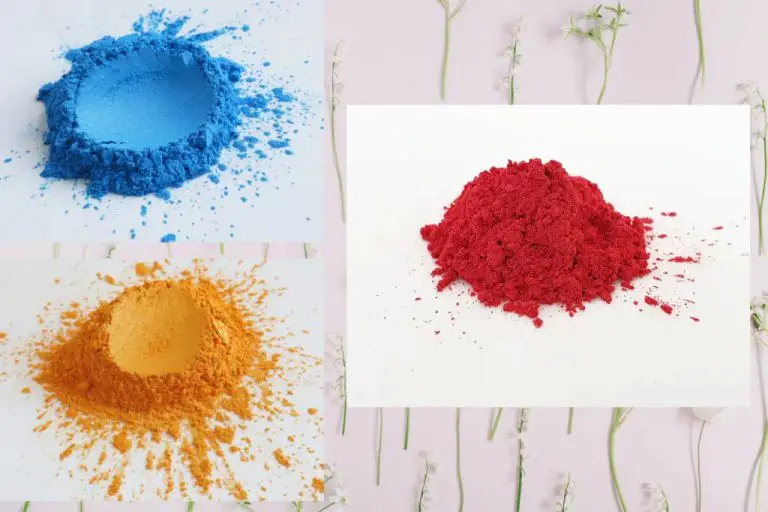Can You Add Food Coloring To Wax?
Adding color to wax is a fun way to customize candles, wax melts, or other wax crafts. The most common types of wax that can be colored are paraffin, soy, and beeswax. Reasons for coloring wax include aesthetics, signaling a specific scent, holidays, achieving desired ambiance, and creativity. Properly coloring wax requires using the right types of dye at the right temperature to ensure proper color dispersion and vibrancy. With some simple guidelines, stunning colored wax creations can easily be achieved.
Types of Wax That Can Be Colored
There are several common types of wax that can be colored using food coloring:
Paraffin Wax
Paraffin wax is a petroleum-based wax made from refined oil. It is one of the most commonly used waxes for candles, as it is inexpensive and easy to work with. Paraffin wax accepts and holds color well when food coloring is added (source: https://www.realmilkpaint.com/help/tutorials/colored-waxes/).
Soy Wax
Soy wax is made from hydrogenated soybean oil. It is often used to make container candles. Soy wax can be more difficult to color evenly compared to paraffin, but food coloring can be used to successfully add vibrant colors (source: https://www.terre-de-bougies.com/en/content/97-dyes-guide-candle).
Beeswax
Beeswax is a natural wax produced by honey bees. It has a sweet, honey-like scent. Food coloring can be added to beeswax to create colored candles, however some experimentation may be needed to achieve an even color.
Gel Wax
Gel wax contains mineral oil so it has a thick, gel-like texture. It is commonly used for container candles. Gel wax accepts coloring well, though food coloring may fade over time. Adding more dye initially can help the color remain vibrant (source: https://www.realmilkpaint.com/help/tutorials/colored-waxes/).
Food Coloring Options
There are three main types of food coloring that can be used to color wax – liquid, gel, and powdered.
Liquid food coloring is the most common type found in grocery stores. It comes in small bottles and is watery in consistency. Liquid food coloring blends easily into melted wax to create vibrant colors (https://www.ronxs.com/3-best-ways-to-make-colored-candle-wax-using-food-coloring/). Just a few drops is usually enough to strongly tint wax.
Gel food coloring has a thicker, gelatinous texture. It is often used for decorating cakes and icing. Gel food coloring provides rich, deeply saturated colors in wax. Because of its density, more gel coloring is usually needed compared to liquid coloring to achieve bold hues (https://www.ehow.com/how_12176520_make-colored-candles-food-coloring.html).
Powdered food coloring comes in a powder form that can be mixed into wax. It may need to be dissolved first in a bit of water or oil. Powdered food dye produces soft, pastel colors in wax.
How to Add Liquid Food Coloring
Liquid food coloring is a common way to add color to wax. According to the Ronxs website, you’ll need to use 1⁄2 teaspoon of liquid food coloring per pound of wax [1]. Make sure to stir thoroughly after adding the liquid color to fully incorporate it into the melted wax.
When using liquid food dyes, it’s important to add the coloring when the wax is fully melted and is at least 170°F. Adding the liquid at cooler temperatures may cause the color to separate or pool rather than blending evenly into the wax. Continuously stir for 2-3 minutes once you’ve added the liquid coloring to get a uniform color distribution.
You can add multiple liquid food colorings to create custom color blends. Just be sure to mix each individual color thoroughly before adding the next. It’s recommended to add lighter colors first, then darker colors like red, blue, or black last. This helps prevent the darker colors from overpowering the lighter shades.
How to Add Gel Food Coloring
Gel food coloring is a popular option for coloring wax. Gel color is highly concentrated, so you only need to use a small amount. According to Ronxs, you should use 1⁄4 teaspoon of gel food coloring per pound of wax. Stir the gel into melted wax until the color is fully dispersed and uniform. Make sure to mix thoroughly so there are no streaks or swirls of color.
Gel food coloring will produce a bold, vibrant hue in wax. Start with a very small amount of gel, especially if using a darker shade, as a little goes a long way. You can always add more if the initial color is too light. But it’s hard to remove color once mixed in, so adding gel gradually is advisable. Thorough mixing and consistent heating of the wax are the keys to evenly distributing gel food coloring.
How to Add Powdered Food Coloring
Powdered food coloring, also called soft gel pastes, is an easy way to add vibrant color to wax. When using powdered coloring, start with a small amount and add more as needed to achieve the desired shade.
For a standard 16 oz candle, use approximately 1/8 to 1/4 teaspoon of powdered coloring per pound of wax. Mix the powder into the melted wax slowly to avoid clumping. Stir continuously for 2-3 minutes to fully incorporate the color.
Since powdered food coloring is highly concentrated, a little goes a long way. Add the powder in small amounts and gradually increase until you reach the ideal color saturation. Mix thoroughly between each addition to evenly distribute the pigment.
Stir the wax gently to avoid creating air bubbles, which can cause frosting or mottling on the finished candle. Test a drop on a spoon to preview the color before pouring your candles.
Powdered food dye produces rich, even color in wax. With a vast range of bright and vibrant hues, it offers limitless options for coloring candles and other wax crafts.[1]
Tips for Coloring Wax
When adding food coloring to wax, it’s important to get an even color distribution without streaks for the best results. Here are some tips:
Make sure the wax is fully melted before adding food coloring. Heat the wax to 185-200°F to ensure it is completely liquid.
Stir the wax continuously when adding food coloring drops. Keep stirring for 2-3 minutes to disperse the color evenly throughout the wax.
Add the food coloring drops slowly and incrementally. Don’t dump all the coloring in at once. Go drop by drop, stirring continuously, until you achieve the desired shade.
Use a double boiler when melting the wax to provide gentle, even heat. This helps prevent hot spots that can cause uneven coloring.
Consider using gel or liquid food coloring instead of powdered. Gel and liquid food colors will incorporate more smoothly into melted wax.[1]
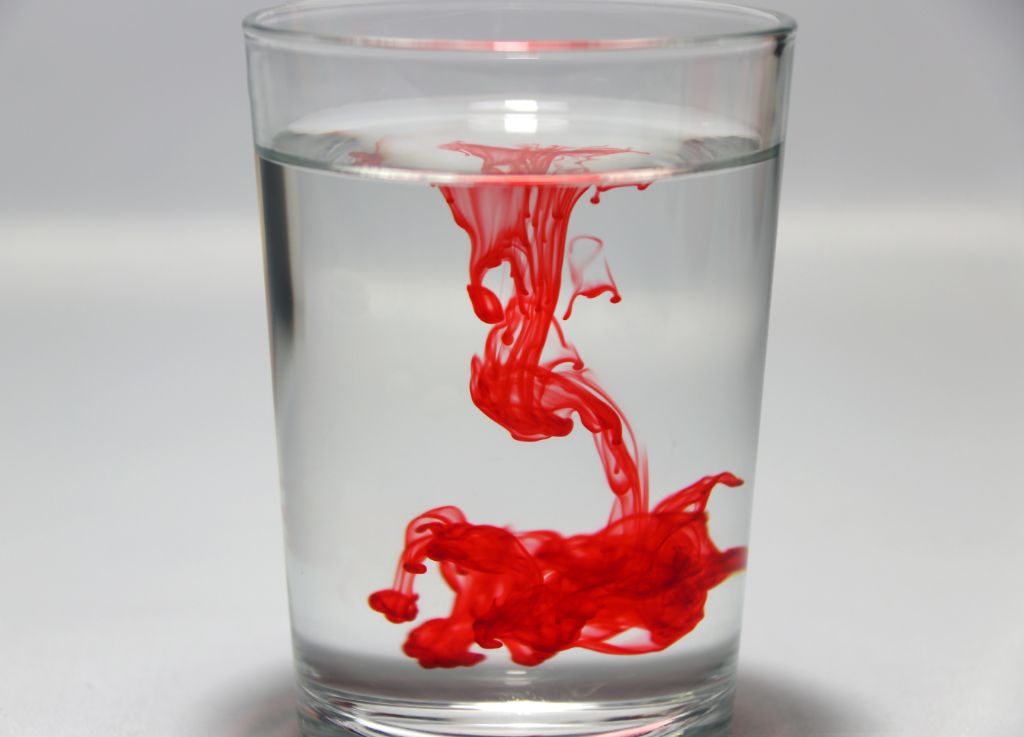
Avoid scraping the sides or bottom of the melting container. This can stir up bits of uncolored wax that cause streaking.
Test a small amount first. Color a tablespoon of wax before coloring the whole batch, to ensure you like the final hue.
Add more color for darker shades. It’s easier to make wax lighter than to add more color for a darker shade.
Storing Colored Wax
Properly storing colored wax is important for preserving the vibrancy of the colors and extending the shelf life. Here are some tips for storage:
Choose airtight containers like glass jars or plastic containers with tight-fitting lids. This prevents dust and debris from contaminating the wax and helps retain moisture. According to Crafting a Green World, pouring melted wax into mufifn tins, ice cube trays, or novelty silicon molds allows for easy storage and future reuse [1].
Store colored wax in a cool, dry place away from direct sunlight and heat sources like ovens or heaters. Heat and light can cause the colors to fade over time. As recommended by Storables, a closet, basement, or garage can provide an ideal storage environment [2].
When stored properly in airtight containers in a cool, dark place, colored wax can last 6 months to a year before the colors start to fade. According to crafters on Craft Server, some have successfully stored colored wax for up to 3 years before noticing diminished color vibrancy [3].
Creative Uses for Colored Wax
Colored wax offers a fun and creative medium for DIY crafts and homemade products. Here are some popular uses for colored wax:
Candles
Adding a few drops of liquid food coloring or gel paste is an easy way to create colorful candles (https://www.pinterest.com/ideas/wax-crayons/904630844018/). Darker shades like blues, greens, and reds will retain their vibrancy. Lighter pastel shades may fade as the candle burns but can still provide a pop of initial color. Consider coordinating candle colors to the season, holiday, or home decor.
Wax Melts
Food coloring can also be used to tint wax for wax melts or tarts for wax warmers. Add several drops per ounce of wax and stir thoroughly before pouring into molds (https://joliehome.com/blogs/inspiration-tips/colored-finishing-wax). Colored wax melts pair nicely with essential oils and can help set a mood. Blue and green for relaxation, reds and oranges for energy, or fun bright colors for kids’ rooms.
Crayons
Melted wax is the perfect canvas for young artists to add their own color mixes and make custom crayons (https://www.youtube.com/watch?v=5HAARJlywQc). Let kids combine their favorite shades for a rainbow of new colors. Pour the tinted wax into crayon molds or repurposed containers and pop in sticks when cool.
Lip Balm
Tint plain lip balm base with a drop or two of liquid food coloring to create colored lip balm. Use a popsicle stick to stir in the color thoroughly. Pour into lip balm tubes or tins and let solidify before use. Add a yummy fruit flavor paired with a coordinating color.
Frequently Asked Questions
Here are answers to some common questions about adding food coloring to wax:
What types of food coloring work best for coloring wax?
Gel food coloring tends to work better than liquid food coloring for wax. Gel coloring is more concentrated so you need less to achieve bold, vibrant colors. Liquid food coloring can dilute wax more. Powdered food dyes are another excellent option as they dissolve easily without thinning out the wax.1
How much food coloring do I need to add?
A good guideline is to use 1/2 teaspoon of liquid or powdered food coloring per pound of wax. Start with less if you want a lighter color. You can always add more if needed. With gel coloring, a little goes a long way – start with just a drop or two.
What’s the best way to mix in food coloring?
Make sure wax is fully melted before stirring in food coloring. Mix thoroughly so the color distributes evenly. Keep mixing for a couple minutes as dye can settle on the bottom at first. Stirring often produces the most uniform color.
Will food coloring change the scent of wax?
Food coloring is purely for color and should not alter the existing fragrance of wax. Be sure to add any essential oils or scented oils before the food dyes if you want both color and fragrance.

